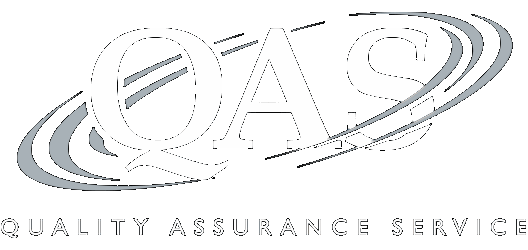Multistate Partnerships: Navigating Various State Taxation Rules of Corporate Partners
Business vs. Nonbusiness Income Characterization, Aggregate vs. Entity Determination, and More
Note: CLE credit is not offered on this program
Recording of a 110-minute CPE webinar with Q&A
This course will provide tax advisers and professionals with a detailed and practical guide to critical state tax issues and trends impacting partners owning shares of multistate partnerships. The panel will discuss critical questions such as whether the character of pass-through income is determined at the partner or partnership level and whether the pass-through income must be considered on an "aggregate" basis or an "entity" basis.
Outline
- Partnership nexus
- Allocation vs. apportionment of partnership income
- Aggregate vs. entity approach
- Business vs. nonbusiness income--differing state approaches
- States taking a unitary approach
- State withholding
Benefits
The panel will discuss these and other critical issues:
- Nexus implications
- States that require business/nonbusiness income determination at partner vs. partnership level
- Determination of partnership income on an aggregate basis vs. entity basis
- Apportionment under the aggregate approach
- Reconciling different states' unitary factor analysis
- State withholding
- Recordkeeping, documentation, and workpapers
Faculty

Stacey L. Roberts, CPA
State and Local Tax Director
TaxOps
Ms. Roberts has been making state and local tax (SALT) less taxing for thousands of businesses over the last 25 years.... | Read More
Ms. Roberts has been making state and local tax (SALT) less taxing for thousands of businesses over the last 25 years. As a director of the SALTovation team at TaxOps, she guides dynamic businesses through compliance and strategic planning focused on minimizing risk and strengthening tax positions. Ms. Roberts honed her specialty at Andersen Worldwide/Andersen LLP, KPMG and Deloitte before moving in-house with a Fortune 500 company to administer state and local tax. She has also led the national SALT practice at a regional firm. Ms. Roberts is a member of the Colorado Legislative Task Force Concerning Tax Policy and a frequent speaker, instructor and author on SALT issues for industry and professional organizations.
Close
Meredith Smith, CPA
Partner
TaxOps
Ms. Smith expertly weaves real-life examples into why business taxpayers, tax professionals, and tax providers should... | Read More
Ms. Smith expertly weaves real-life examples into why business taxpayers, tax professionals, and tax providers should care about complex state and local tax (SALT) issues. This knowledge comes from expertly navigating the web of tax laws governing SALT issues for nearly 20 years. From working with clients inside their business, she knows the questions, issues and strategies for resolution that keep businesses on the tax compliance track. Ms. Smith combines technical knowledge and in-depth industry understanding in performing nexus studies, identifying areas of risk, and designing sustainable planning opportunities for achieving tax-specific business goals. Her practice covers state income tax, property tax, sales and use tax, and business incentives and credits. Prior to TaxOps, Ms. Smith was a member of the SALT practice at KPMG, serving large, multi-jurisdictional corporations and multi-tier partnerships across industries. She is a frequent speaker and the host of the SALTovation podcast, a podcast series featuring leading voices in states and local tax. Listen in on your favorite channel: https://saltovation.captivate.fm/listen.
Close